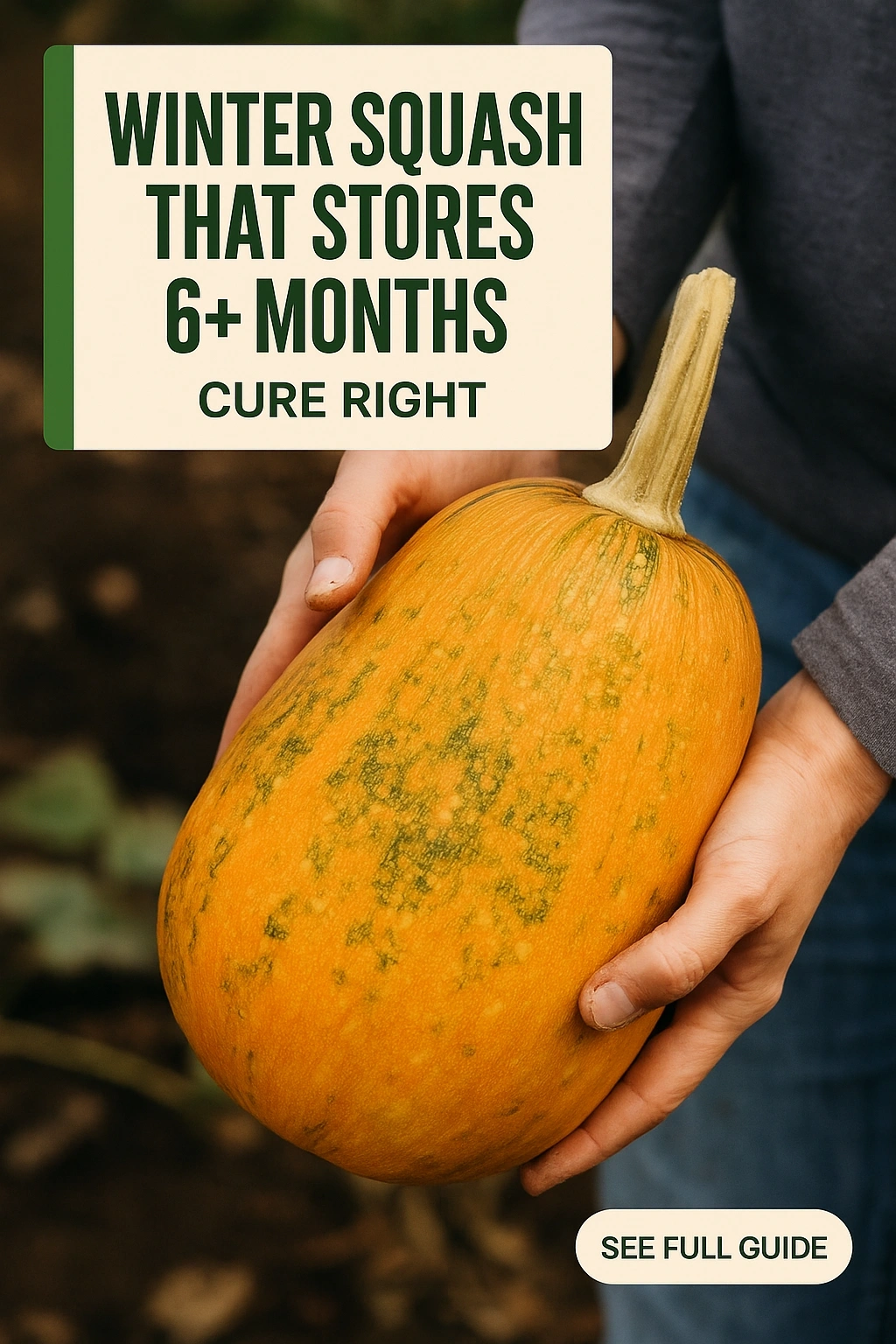
Winter squash is a versatile and nutritious vegetable that can last for up to six months when properly cured and stored. With its rich flavors and health benefits, winter squash is an excellent addition to your diet, providing essential vitamins and minerals. In this article, we will explore the different types of winter squash, the curing process, and the best storage methods to ensure your squash remains fresh and delicious throughout the winter months.
The Types of Winter Squash
Winter squash comes in various shapes, sizes, and colors, each with its unique flavor profile and culinary uses. The most common types include:
- Butternut Squash: Known for its sweet, nutty flavor and creamy texture, it’s perfect for soups and purees.
- Acorn Squash: With its distinctive ribbed skin, this squash has a mildly sweet taste and is often baked or stuffed.
- Spaghetti Squash: When cooked, its flesh separates into strands resembling spaghetti, making it a popular low-carb alternative.
- Delicata Squash: This variety is known for its sweet flavor and edible skin, making it easy to prepare.
The Importance of Curing Winter Squash
Curing winter squash is a crucial step that enhances its flavor and extends its shelf life. The curing process allows the skin to toughen, which helps prevent rot and moisture loss. Properly cured squash can last for several months, making it an ideal food source during the colder months.
Steps to Cure Winter Squash
Curing winter squash involves several simple steps:
- Harvesting: Ensure that the squash is harvested when fully ripe. Look for a hard skin and a dry stem.
- Cleaning: Gently wash the squash to remove dirt, but avoid soaking it in water.
- Curing Environment: Place the squash in a warm, dry area with good airflow for about 10 to 14 days.
- Storage Check: After curing, check for any signs of damage or rot before moving to storage.
Optimal Storage Conditions for Winter Squash
After curing, the way you store winter squash is essential for maintaining its quality. The right storage conditions can significantly extend its shelf life. Here’s what you need to know.
Ideal Storage Locations
Winter squash should be stored in a cool, dry location, away from direct sunlight. Here are some recommended storage environments:
- Temperature: Ideal storage temperatures range from 50°F to 60°F (10°C to 15°C).
- Humidity: A low humidity environment is best to prevent mold growth.
- Ventilation: Ensure good air circulation to avoid excess moisture accumulation.
How to Use Winter Squash in Your Cooking
Winter squash is not only a great storage vegetable but also a delicious ingredient in various recipes. Its versatility allows it to be used in soups, salads, and main dishes. Here are some popular ways to incorporate winter squash into your meals.
Cooking Methods for Winter Squash
There are numerous ways to prepare winter squash, each bringing out its unique flavor:
- Roasting: Cut the squash into chunks, toss with olive oil, salt, and spices, then roast until tender.
- Soups: Puree cooked squash with broth and seasonings for a comforting soup.
- Stuffing: Halve the squash and fill it with grains, vegetables, or meats, then bake until cooked through.
Frequently Asked Questions
How long can winter squash be stored?
When properly cured and stored, winter squash can last for up to six months. The exact duration may vary based on the variety and storage conditions.
What is the best way to tell if winter squash is ripe?
A ripe winter squash will have a hard skin and a dry stem. Additionally, the color should be consistent and rich, depending on the variety.
Can you eat winter squash skin?
Many varieties of winter squash, such as delicata and acorn, have edible skins. However, tougher-skinned types, like butternut, are usually peeled before consumption.
Is it necessary to cure winter squash before storage?
Curing winter squash is highly recommended as it enhances flavor and prolongs shelf life. Skipping this step can lead to quicker spoilage.
What are the signs that winter squash has gone bad?
Signs of spoilage include soft spots, excessive moisture, mold, or an off smell. If you notice any of these signs, it is best to discard the squash.
Conclusion
Winter squash is an exceptional vegetable that not only provides nutritional benefits but also offers versatility in cooking. By understanding the proper curing and storage techniques, you can enjoy your winter squash for months. With a bit of care, these hardy vegetables can be a staple in your winter diet, providing warmth and comfort during the chilly months. By integrating winter squash into your meals, you can savor its rich flavors while benefiting from its nutritional value.
